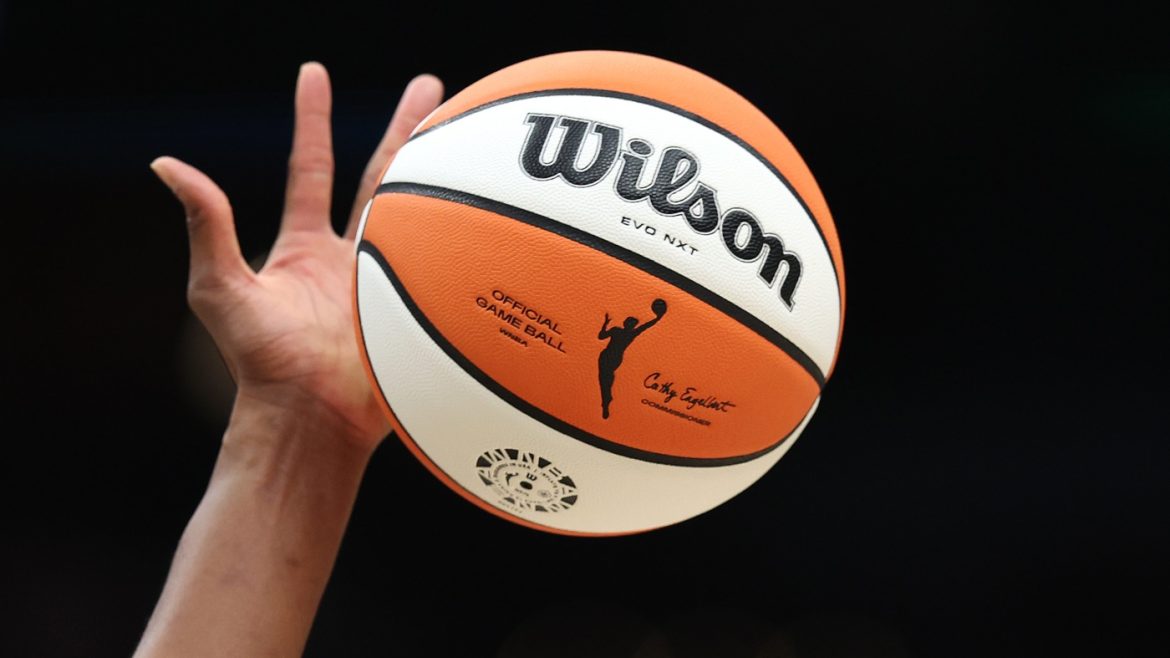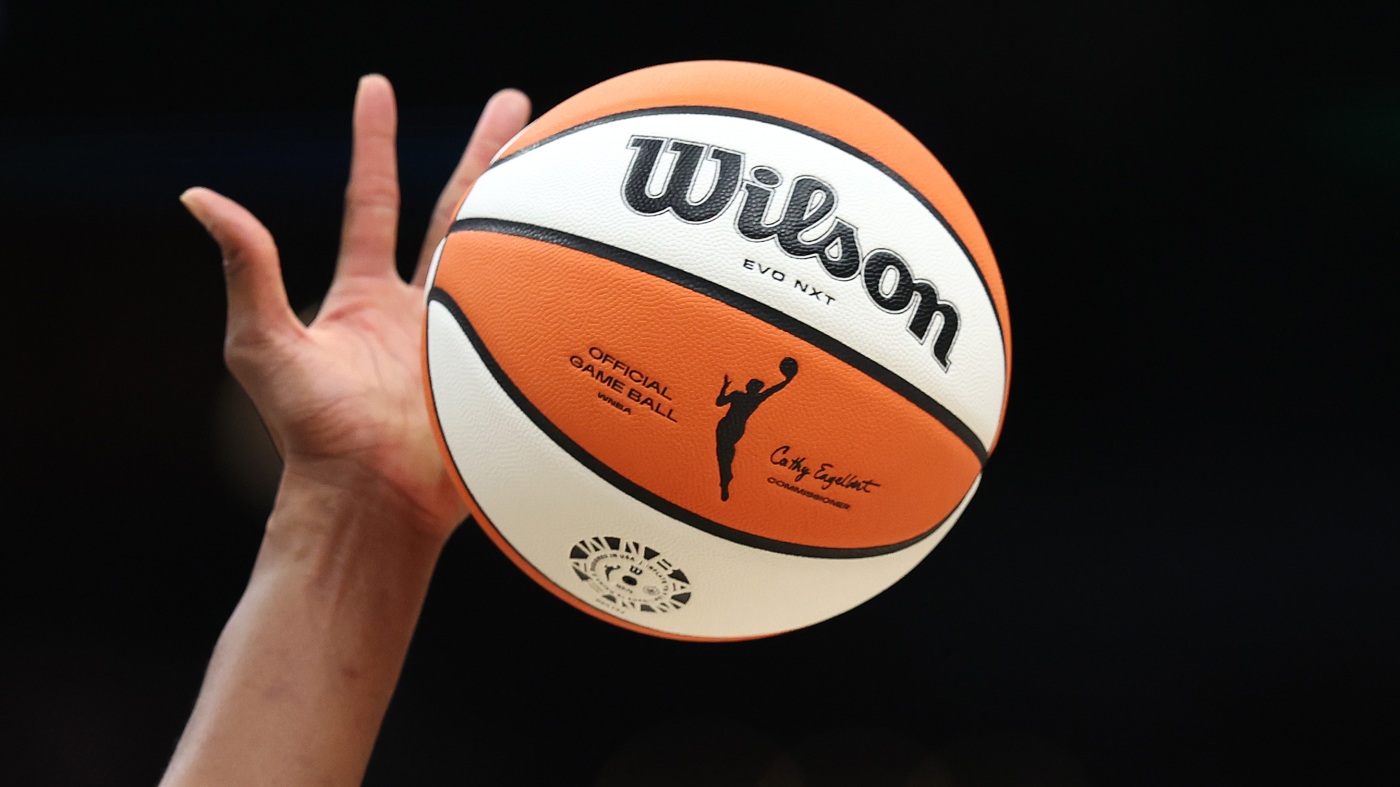The Women’s National Basketball Association (WNBA) is on the cusp of a transformative era, marked by an ambitious expansion plan that will see the league grow to 18 teams by 2030. This historic move, which includes the addition of three new franchises in Cleveland, Detroit, and Philadelphia, represents a pivotal moment for professional women’s basketball. The expansion is not merely about increasing the number of teams; it signifies a broader shift in the sports landscape, reflecting growing interest, investment, and cultural recognition of women’s athletics. This report delves into the implications, challenges, and opportunities presented by this expansion, exploring how it will shape the future of the WNBA and the broader basketball community.
The Significance of Expansion in Women’s Basketball
The WNBA’s decision to expand to 18 teams is a landmark moment, unprecedented since the league’s inception in 1997. The league began with eight teams and quickly grew to 16 by 2000, only to experience contraction in the early 2000s due to financial instability and market challenges. The current expansion, however, reflects a stark contrast to those early struggles. It underscores the league’s growing viability, increasing market demand, and the rising popularity of women’s basketball nationwide.
This growth aligns with broader trends in women’s sports, where fan interest, media coverage, and financial backing have all seen significant improvements. More teams mean more opportunities for athletes, coaches, and support staff, fostering a competitive environment that can attract and retain top talent. Additionally, the expansion is expected to enhance the league’s visibility, drawing in new fans and sponsors who recognize the value and potential of women’s professional basketball.
Strategic Selection of Expansion Cities
The choice of Cleveland, Detroit, and Philadelphia as the new WNBA markets is strategic, reflecting the league’s goal to tap into established basketball markets with passionate fan bases and strong sports cultures. Each city offers unique advantages that align with the WNBA’s objectives:
– Cleveland: Known for its deep-rooted basketball culture, Cleveland has a loyal fan base thanks to the NBA’s Cavaliers. Adding a WNBA team here provides an opportunity to showcase women’s professional basketball on a larger stage and cultivate a diverse sporting audience. The city’s enthusiasm for basketball, combined with its strong community support, makes it an ideal candidate for expansion.
– Detroit: With a vibrant sports community and increasing interest in basketball, Detroit’s addition to the WNBA is poised to revitalize local enthusiasm. Although the city currently lacks an NBA team, the WNBA’s presence could fill this void, offering Detroiters a new professional sports experience. The city’s rich history and passionate fan base provide a solid foundation for a successful franchise.
– Philadelphia: As one of the largest metropolitan areas in the U.S., Philadelphia already boasts a strong NBA presence with the 76ers. Adding a WNBA team here allows the league to capitalize on the city’s existing sports infrastructure and passionate fan base. The potential for commercial opportunities and increased visibility makes Philadelphia a strategic choice for expansion.
Each of these cities offers a unique blend of market advantages, including population size, corporate sponsorship potential, and existing sports enthusiasm, making them ideal candidates for the WNBA’s growth.
Timeline and Execution Strategy
The WNBA’s phased approach to expansion—with Cleveland launching in 2028, Detroit in 2029, and Philadelphia in 2030—is designed to ensure a smooth and successful rollout. This staggered timeline allows the league to methodically manage logistics, marketing, and community engagement for each new franchise.
The benefits of this approach include:
– Infrastructure Planning: Ensuring that venues, training facilities, and community programs are well-established before each team’s debut.
– Talent Acquisition: Allowing time for expansion drafts, scouting, and player development to build competitive rosters.
– Fan Engagement: Building local awareness and excitement through grassroots campaigns, partnerships, and media outreach.
By taking a phased approach, the WNBA can optimize each market’s launch success, reducing the risks associated with rapid, simultaneous expansion. This strategy is crucial for maintaining the league’s competitive integrity and financial stability.
Impact on the League and Players
The expansion to 18 teams will have profound implications for the WNBA, its players, and the broader basketball community. Some of the key impacts include:
– Enhanced Competitive Balance: More teams create a larger distribution of talent, offering increased opportunities for emerging players and veterans alike. This can lead to a more balanced and exciting league.
– Increased Job Creation: Expansion increases demand for players, coaches, trainers, front-office staff, and other roles critical for team and league operations. This growth can stimulate local economies and create new career opportunities.
– Broader Fan Base: More regional representation broadens the appeal of the WNBA nationwide, potentially attracting diverse demographics and growing viewership figures. This increased visibility can lead to higher attendance and merchandise sales.
– Sponsorship and Revenue Growth: New franchises can harness corporate partnerships, local sponsorships, and broadcasting deals, strengthening the league’s economic foundation. This financial growth can support player salaries, team operations, and league-wide initiatives.
For players, the expansion means more roster spots and the chance to compete at the highest professional level. This not only enhances their career prospects but also further legitimizes women’s basketball as a sustainable and rewarding career path.
Challenges to Address
While the expansion presents numerous opportunities, it also comes with challenges that the WNBA must address to ensure long-term success. Some of the key challenges include:
– Talent Dilution Risk: Rapidly adding teams risks diluting the talent pool, potentially impacting the quality of play in the short term. To mitigate this, the league must strengthen player development pipelines and ensure a steady supply of skilled athletes.
– Market Saturation: Ensuring that new teams find their niche without cannibalizing fan bases or oversaturating the professional basketball market is vital. The WNBA must carefully balance expansion with market demand to avoid overstretching resources.
– Financial Sustainability: Launching franchises requires substantial capital investment. Teams must achieve financial viability through attendance, merchandising, media rights, and sponsorships. The league must provide support and resources to help new franchises navigate these financial challenges.
– Operational Logistics: Managing additional travel, scheduling, and league administration complexities will require careful coordination. The WNBA must ensure that its infrastructure can support the growth without compromising the quality of the product on the court.
Addressing these challenges will be crucial to the continued growth and reputation of the WNBA. By taking a strategic and measured approach, the league can overcome these hurdles and build a sustainable future.
Cultural and Societal Implications
The WNBA’s expansion has significant cultural and societal implications, contributing to the broader movement for gender equity in sports. More teams and higher visibility mean increased role models for young girls and women aspiring to sports careers. This expansion emphasizes that professional women’s basketball is not only viable but thriving, encouraging further investment and media coverage.
Additionally, placing new teams in historically industrial and diverse cities like Cleveland, Detroit, and Philadelphia highlights community inclusivity and offers new sources of civic pride. These franchises can become catalysts for social engagement programs, youth basketball initiatives, and local economic development. By investing in these communities, the WNBA can foster a sense of belonging and empowerment, further solidifying its role as a leader in women’s sports.
Conclusion: A Bold Step Toward a Thriving Future
The WNBA’s planned expansion to 18 teams by 2030, with franchises in Cleveland, Detroit, and Philadelphia, is a landmark development in professional women’s basketball. This growth reflects the league’s increasing stature, the rising demand for women’s sports, and strategic market development. While challenges exist, the phased approach and chosen markets enhance prospects for sustainable success.
This expansion not only broadens opportunities for athletes but also enriches the cultural fabric of basketball in these cities and across the nation. The WNBA’s bold move sends a powerful message: the future of women’s basketball is expansive, dynamic, and full of potential. As these new teams take the court in the coming years, they will not only compete for championships but also continue reshaping the landscape of sports in America. The WNBA’s expansion is a testament to the league’s resilience, innovation, and commitment to advancing women’s athletics, paving the way for a thriving future.


